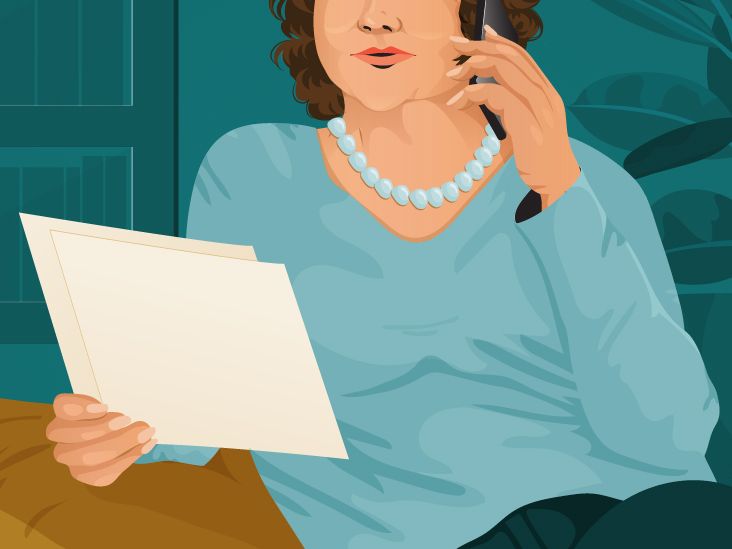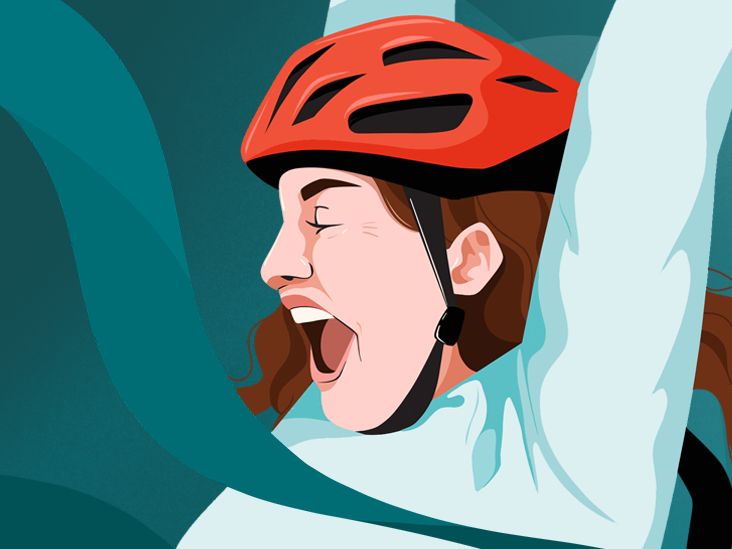
When I was a child, I remember watching my grandmother struggle to hide the itchy, white patches of skin on her elbows. Flaking skin followed her every move, a reminder of a condition that “wasn’t serious” but never seemed to get any better. I tried not to be embarrassed for her when we would sit at home, and she would mindlessly pick and scratch at her skin.
All of us grandchildren knew some of us would probably inherit my grandmother’s psoriasis, which can sometimes skip a generation. My grandma had two daughters, and neither developed the condition, so we held on to the hope that its genetic run had ended.
That hope ended when I was a teen and I fell off my bike. A deep gash in my elbow and forearm had some gravel embedded in it, and for a long time, I could see the tiny stones under my skin. I didn’t think that much of it when the area didn’t heal well. But over time, plaques began to form.
It didn’t take an official diagnosis to know that I, like my grandmother, had psoriasis. I was the only grandchild out of six to inherit it.
People with psoriasis produce new skin cells too quickly. Those cells build up to form raised patches of dead skin (plaques). I talked with my doctor about it and learned that skin injuries often lead to the development of new plaques.
It explained why — even though I never formed plaques before — my skin-healing, even as a young child, was odd. I remembered the skin growing over the backs of my earrings when I was young, and I had to remove them for several years. Even now, I have to be careful to use only certain materials for earrings.
As time went on, I would develop new plaques, especially where I cut my legs shaving or knicked my hands. The severity of the plaques would come and go, and all I was ever offered for relief was pine tar soaps, sticky creams, and oily pastes.
It didn’t seem to be a big problem until I reached my mid-20s. By that time in my life, everyday stresses mounted — which everyone with an autoimmune disease might know can be a huge trigger. Even the newer prescription-strength creams were useless, since they had to be applied carefully only to plaques and not healthy skin, and I had tiny plaques scattered all over my body.
As it was popular at the time — but never really recommended or condoned — I enjoyed spending time in tanning beds. Indoor tanning was popular for lots of people, but for me, the ultraviolet bulbs helped clear my plaques just enough that I could wear short-sleeved shirts in the summer without my psoriasis being too noticeable.
At its worst, my psoriasis was on my hands, my entire legs, the lengths of both arms, my back, and my scalp. I was even starting to form a plaque on my face.
Still, my legs were the worst, and I probably went almost 10 years without wearing shorts — even on the hottest summer days. At its worst, my psoriasis was on my hands, my entire legs, the lengths of both arms, my back, and my scalp. I was even starting to form a plaque on my face.
I had a slight reprieve during pregnancy, thanks to my immune system suppressing itself for the benefit of the baby, but after I delivered my children, the plaques returned with a vengeance.
I scrubbed, exfoliated, moisturized, and did everything I could to control the thick, white plaques. What I was left with instead were beefy red patches of skin that screamed out. With patches covering my hands and arms, there was little I could do to hide my condition. Kids would stare, and you could tell people wondered what rash they were about to catch from me.
Over the years, friends and family assured me that no one really noticed the red patches all over my body, but the reactions from people I passed by told me differently. Doctors weren’t too concerned about treatment because, after all, it was just a skin problem. Psoriasis isn’t fatal, but it can be extremely uncomfortable or even painful, and it can lead to the development of other systemic effects, too.
I decided I’d had enough when playing with my children on the floor became too painful. The plaques on my knees would open and bleed. I was finally done breastfeeding, so I was ready to try a systemic treatment like methotrexate. I wasn’t going to let this “harmless” condition take time and joy away from my children.
Thankfully, I sought care with a dermatologist who really understood the toll my disease was taking on my quality of life and saw my fear of taking a medication that could result in a number of side effects. I was offered a newer biologic medication that would control my overactive immune system, hopefully muting the effects of my psoriasis.
I was nervous when it came time for my first injection, but 2 days later, the plaques that covered my body began to disappear. Within a week, it was hard to tell that I had ever had psoriasis. The only sign was areas of skin that were lighter than the rest, but in the decade since I started treatment, even those have faded.
While I started treatment for the visible signs of psoriasis, the treatment also helped me with another aspect of the disease — one that hadn’t impacted me as much in my younger years — psoriatic arthritis.
This form of arthritis is autoimmune, similar to psoriasis, but it causes joint pain like any other type of arthritis.
Treatment options can include anti-inflammatory medications, as well as the injectable biologic I had been prescribed. Although my joint pain hasn’t completely gone, it’s much better than it was, and often serves as a reminder of when it’s time for my next shot.
I wear shorts now when it’s hot and I can kneel in my garden without worrying about open sores.
It’s also important to remember that many other autoimmune diseases occur in groups. I’ve collected a few other autoimmune diseases myself, including autoimmune thyroid disease. If you have psoriasis, you may want to talk with your doctor about any other symptoms you might be having.
Some of the autoimmune diseases commonly associated with psoriasis include:
- lupus
- Hashimoto’s disease
- celiac disease
- inflammatory bowel disease (IBS)
- Crohn’s disease
- multiple sclerosis
- Sjögren’s disease
- vitiligo
- alopecia areata
Overall, I’m thankful for the relief treatment has brought me in terms of psoriasis and — in my experience at least — some of these other autoimmune problems. At least to a small degree.
I wear shorts now when it’s hot and I can kneel in my garden without worrying about open sores.
I’ve changed medications at least once already, but there are so many more treatment options now. I’m grateful to have finally forgotten the smell of that pine tar soap my grandma recommended so many years before.
Rachael Zimlich, RN, BSN, is a Cleveland-based medical writer and critical care nurse. Her journalism experience spans more than 20 years and has garnered awards from trade groups. Her writing work has been published in numerous local and national publications. Rachael’s bedside experience supports her medical writing, and she is passionate about healthcare education.



